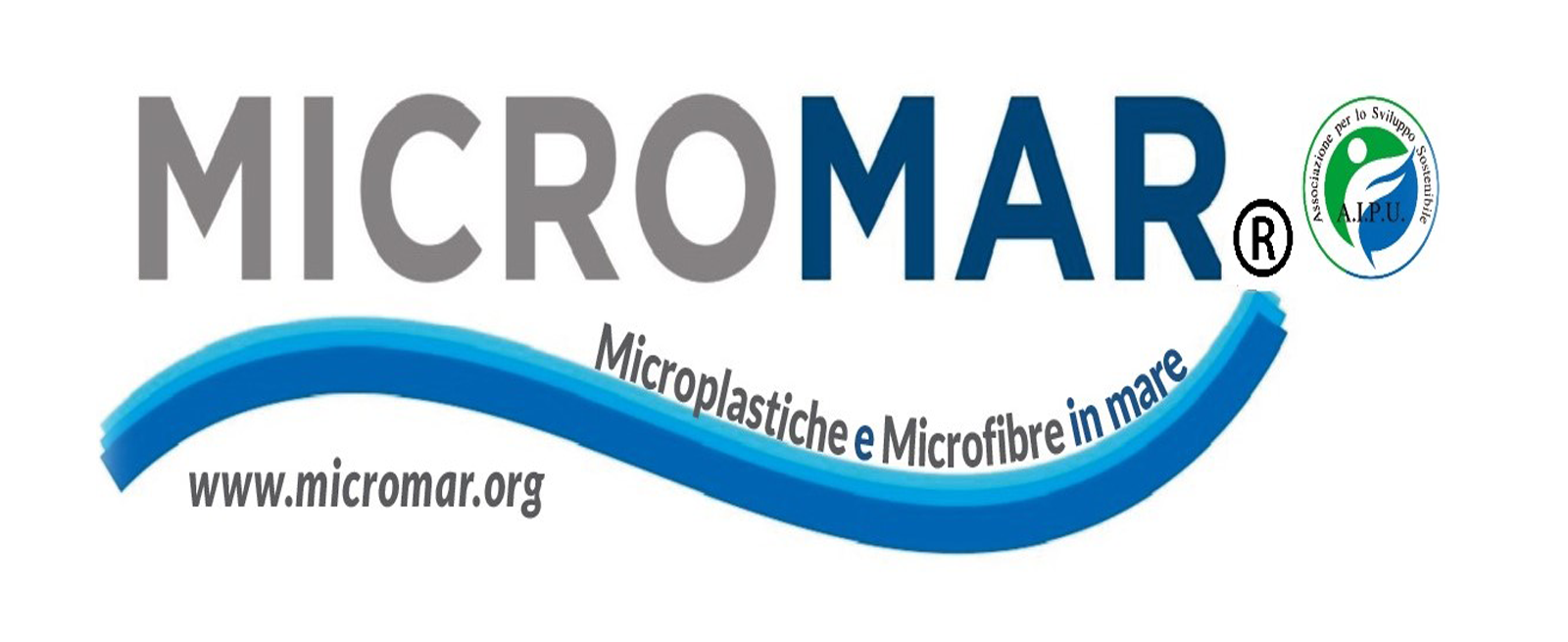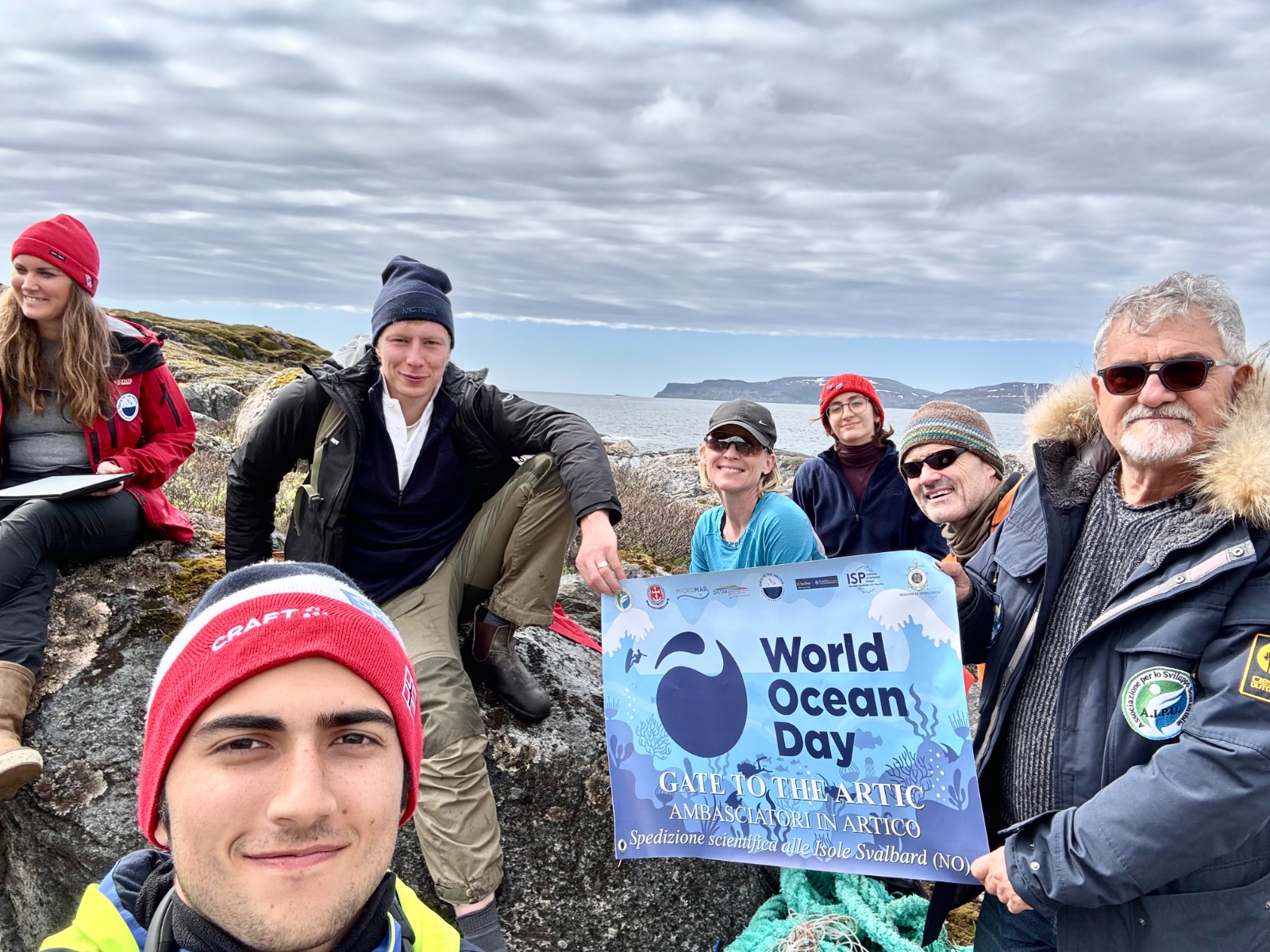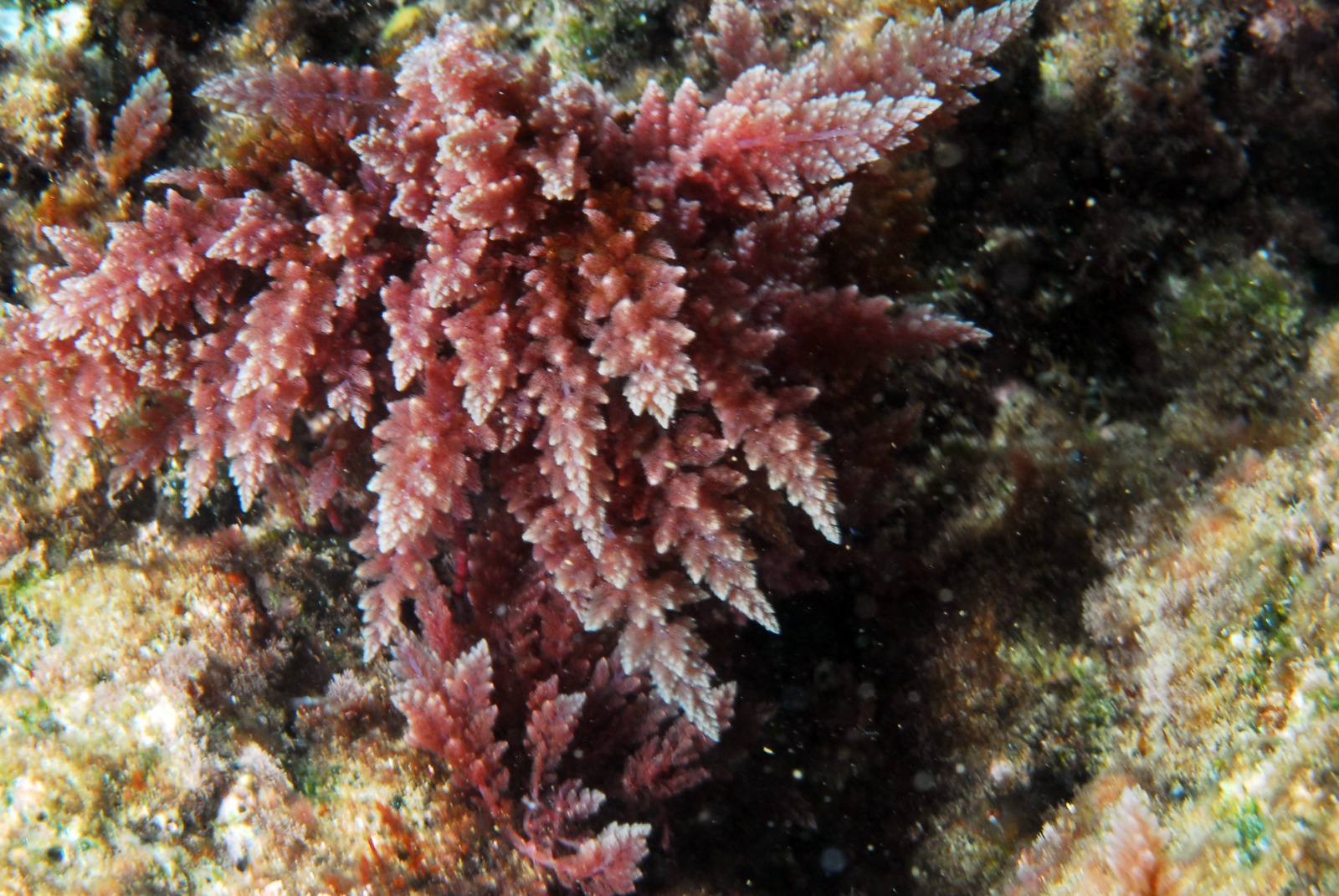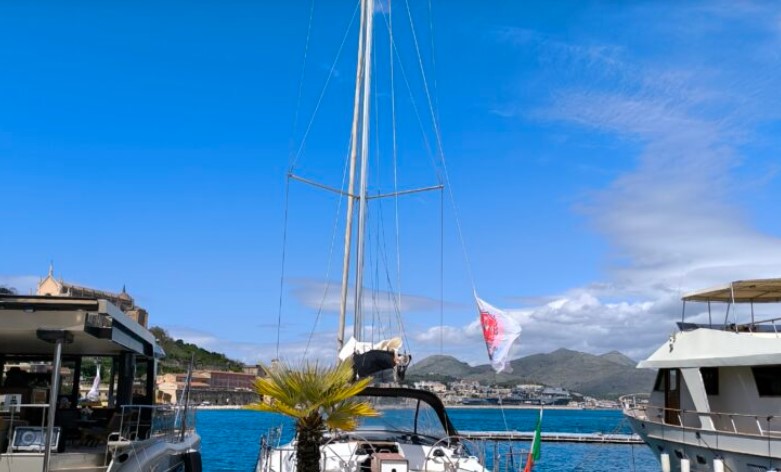Plastic pollution threatens the future of sea turtles. These extraordinary reptiles, which are among the oldest living beings in the history of the Earth, are at risk of disappearing.
- Canonical Url Categoria: https://www.micromar.org/index.php/en/blog-2
On June 8th we celebrated World Oceans Day in Norway and you can see the huge amounts of plastic collected thanks to the association "Gate to the Artic", a day when people all over the world come together to honor our oceans and seas and all that they do to keep us alive.
The most well-known effects of global warming on the sea and its biodiversity are two phenomena that have been filling the news and newspaper pages for some years, namely tropicalization and meridionalization. The first involves the entry of alien species into the Mediterranean through the Suez Canal and the Strait of Gibraltar; meridionalization, on the other hand, consists in the rise of species from the southern basin of the Mare Nostrum towards the northern one because the difference in temperature between the northern and southern Mediterranean has practically disappeared, therefore, just to give an example, those species that lived well in the Sicilian sea, now also do very well in the waters of the Tuscan Archipelago. The phenomenon of meridionalization does not only affect animal organisms such as fish, molluscs, crustaceans and other biological phyla, but also plant organisms, including algae. And speaking of the latter, marine biologist, Prof. Adriano Madonna, reports the presence of a "new" alga in the Gulf of Gaeta. New in the sense that until last year it was unknown in our waters even though it was found a stone's throw further south: it has already been present in the Gulf of Naples, for example, for several decades, but evidently some parameters of its ecological niche in the Gaeta sea were not yet in place. This year, however, the environment has evidently changed positively for the Asparagopsis armata algae (this is its name), which has arrived and lives and thrives here too. Professor Adriano Madonna dived into the waters of La Nave di Serapo a few days ago together with the architect Luigi Valerio of the A.I.P.U. Sviluppo Sostenibile Association, and there, almost at the tide's edge, he saw these tiny reddish brown bushes that attracted his attention. He realized that that algae did not previously exist in his sea, so he observed it, photographed it and then studied it. It is called Asparagopsis armata and can be defined as an invasive algae: it is known, in fact, that it produces toxic metabolites for other species of algae, and this is a strategy for the occupation of the territory and resources. In this regard, Prof. Madonna reports that around the tufts of Asparagopsis that he found there were no other algae of significant size. The "new" algae that the Gaeta sea has been enriched with has a brown color tending towards reddish. From the central element, the thallus, which anchors itself to the rocky substrate, several vertical branches of soft consistency with whitish lateral and apical appendages branch off. Asparagopsis armata is used in human and veterinary medicine: it is, therefore, an interesting algae for science. One thing to verify, however, is how much, to what extent, it is invasive.
On the occasion of World Oceans Day 2024, a representative of the A.I.P.U. Association (Association for Sustainable Development), the architect Luigi Valerio, and a student from the Majorana scientific high school in Latina, Anna Galli, will be in the Arctic for the Micromar project (micromar.org).
The Micromar project promotes contacts in the educational field, realizing the twinning between the Majorana Institute and the Fermi High School of Gaeta with an outdoor lesson at the Caboto Foundation with the collaboration of the A.I.P.U. and the boat trip in the waters of the Gulf of Gaeta.
The project, now in its second year, saw the participation of male and female students in the initiative for the protection of the Mediterranean Sea from pollution by microfibres and micro plastics.


 English (United Kingdom)
English (United Kingdom)  Italiano (it-IT)
Italiano (it-IT) 

